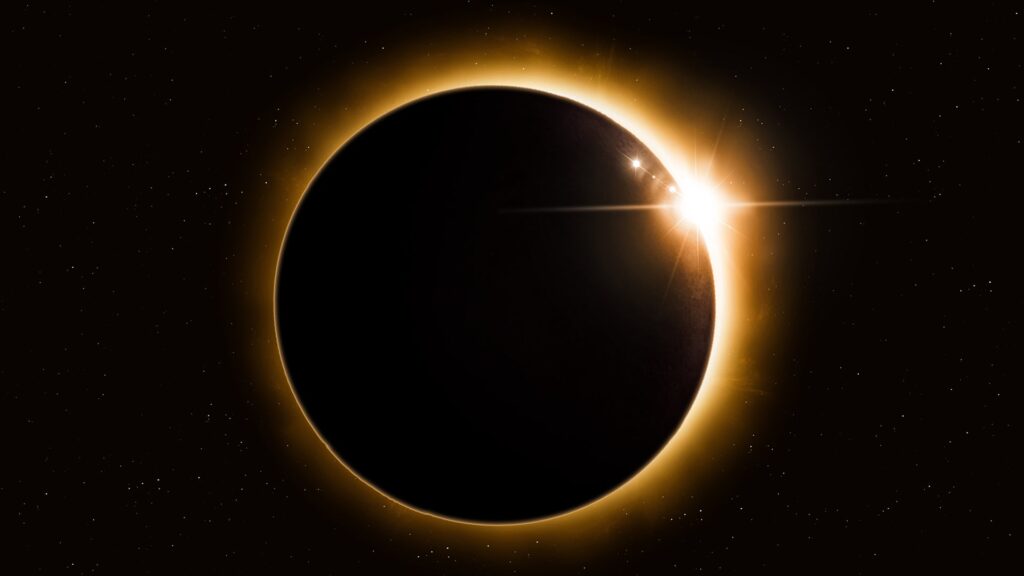People all over the country are making plans to watch the solar eclipse when it crosses the United States on April 8.
“It’s pretty dramatic,” says Dr. Daniel Kennefick, a physics professor at the University of Arkansas. “A total solar eclipse is a very unique event because the moon, by a strange coincidence, happens to be the same apparent size, in our skies, as the sun. Of course, the moon is much smaller than the sun but it’s also a lot closer and it’s precisely the right distance that it blocks out the sun while leaving the area around the sun which means we get to see the solar atmosphere called the corona.”
Eight major U.S. cities will be in the path of totality – that’s the 115-mile-wide track falling under the moon’s central shadow.
“Not only does it get dark, because the body of the sun is no longer visible, and even noticeably colder, but we get this remarkable display and it’s often said that animals, like birds, will be fooled into thinking night has fallen quite quickly,” adds Kennefick.
Dave Parker from the Arkansas Department of Transportation expects a lot of eclipse tourists in his state – “about a
The remainder of this article is available in its entirety at CBN
